20+ Common Snacks of Malayalis
1. Pazham Pori or Vaazhakka Appam
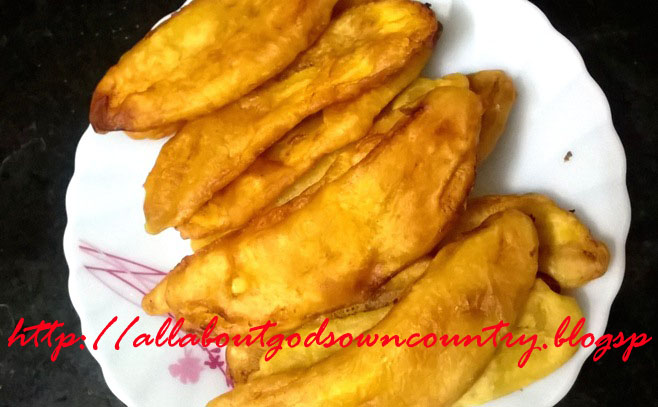 Pazham Pori is the most popular 4 0’ clock snack item of Kerala, and is the best combo for tea or coffee. It’s made using Kerala banana (Nendra Pazham) dipped in maida batter and deep fry in hot oil. Sliced lengthy pieces are used. It takes only less time to prepare Pazham pori, and tastes best if well ripen bananas are used. There is a wide range of snacks made using banana, and Pazham Pori/Vaazhakka Appam is most common. It’s called Pazham Pori in middle Kerala and Malabar regions while Vaazhakka Appam in south Kerala. All snacks made from banana are sweet in taste.
Pazham Pori is the most popular 4 0’ clock snack item of Kerala, and is the best combo for tea or coffee. It’s made using Kerala banana (Nendra Pazham) dipped in maida batter and deep fry in hot oil. Sliced lengthy pieces are used. It takes only less time to prepare Pazham pori, and tastes best if well ripen bananas are used. There is a wide range of snacks made using banana, and Pazham Pori/Vaazhakka Appam is most common. It’s called Pazham Pori in middle Kerala and Malabar regions while Vaazhakka Appam in south Kerala. All snacks made from banana are sweet in taste.
2. Vaazhakka Roast or Ettakka Roast
3. Nulliputtu
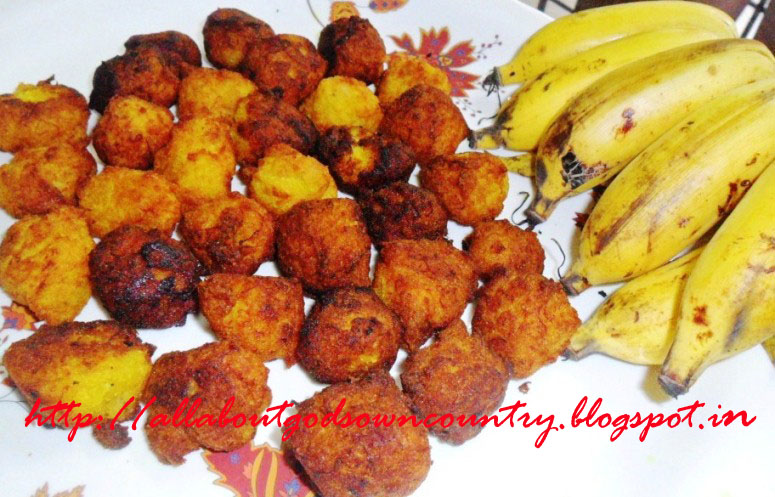 Nulliputtu is a traditional snack item of Wyanad of Kerala. It needs only a fewer ingredients and is easy to make. Yet it is delicious and can be served as an evening snack. It tastes best when it is hot. Unlike other banana snacks, Nulliputtu is prepared using small type of banana. Read the recipe here.
Nulliputtu is a traditional snack item of Wyanad of Kerala. It needs only a fewer ingredients and is easy to make. Yet it is delicious and can be served as an evening snack. It tastes best when it is hot. Unlike other banana snacks, Nulliputtu is prepared using small type of banana. Read the recipe here.
4. Uzhunnu Vada
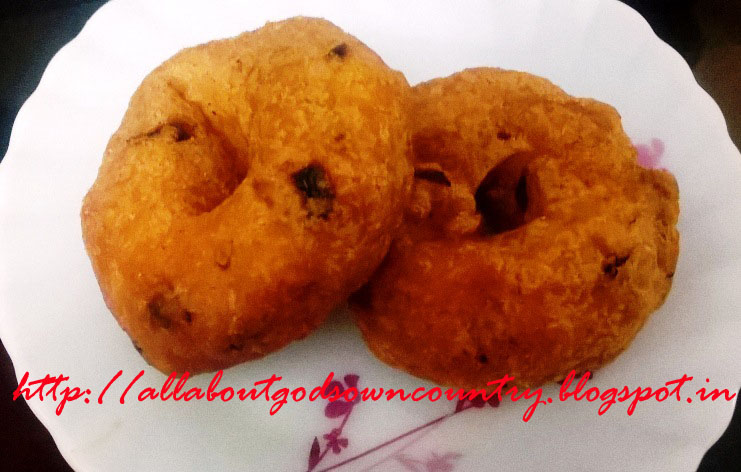 A common snack of Kerala, it’s prepared using black gram batter. Onions, pepper, ginger and green chillies can be added to enhance the taste, and very often rice powder is also added. Most important is while grinding only less quantity of water should be used, and a hole is made using finger before it is put into hot oil for frying. Uzhunnu Vada is also served with dosa and chutney. White coconut chutney or onion chutney form a best combo of Uzhunnu Vada.
A common snack of Kerala, it’s prepared using black gram batter. Onions, pepper, ginger and green chillies can be added to enhance the taste, and very often rice powder is also added. Most important is while grinding only less quantity of water should be used, and a hole is made using finger before it is put into hot oil for frying. Uzhunnu Vada is also served with dosa and chutney. White coconut chutney or onion chutney form a best combo of Uzhunnu Vada.
5. Paripp Vada
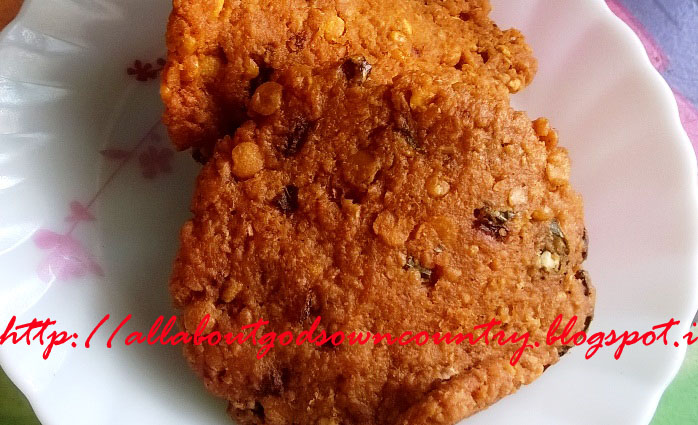 Paripp Vada is prepared using Kadala Parippu (Chana Dal) and is a favourite of many. Onions, green chillies and curry leaves can be added to enhance the taste. Red chilli powder is also used.
Paripp Vada is prepared using Kadala Parippu (Chana Dal) and is a favourite of many. Onions, green chillies and curry leaves can be added to enhance the taste. Red chilli powder is also used.
6. Unnakai
 It’s a trademark banana snack of Malabar region, mostly associated with Muslims. It is a spindle shaped sweet dessert frequently made during religious celebrations and marriage functions. Nendrapazham is steam cooked and smashed to prepare spindle shaped Unnakai. Scrapped coconut is stuffed inside it. They are fried in hot oil. A few variants of Unnakai are also made.
It’s a trademark banana snack of Malabar region, mostly associated with Muslims. It is a spindle shaped sweet dessert frequently made during religious celebrations and marriage functions. Nendrapazham is steam cooked and smashed to prepare spindle shaped Unnakai. Scrapped coconut is stuffed inside it. They are fried in hot oil. A few variants of Unnakai are also made.
7. Ulli Vada (Onion Pakoda)
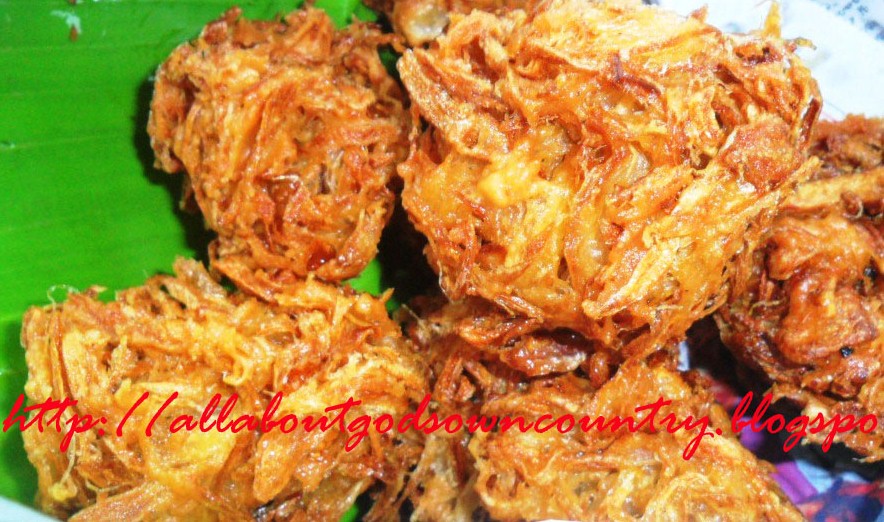 Its variants are available in north Indian snacks as well. Onion is finely sliced and mixed with flour, green chillies, ginger, salt and curry leaves. Then it is made to small balls or cutlet shapes and fried in hot oil. Maida, wheat, maida or besan are used as flour for the preparation of Ullivada to get different tastes. Besan flour (bengal gram flour) is most commonly used.
Its variants are available in north Indian snacks as well. Onion is finely sliced and mixed with flour, green chillies, ginger, salt and curry leaves. Then it is made to small balls or cutlet shapes and fried in hot oil. Maida, wheat, maida or besan are used as flour for the preparation of Ullivada to get different tastes. Besan flour (bengal gram flour) is most commonly used.
8. Ari Murukk
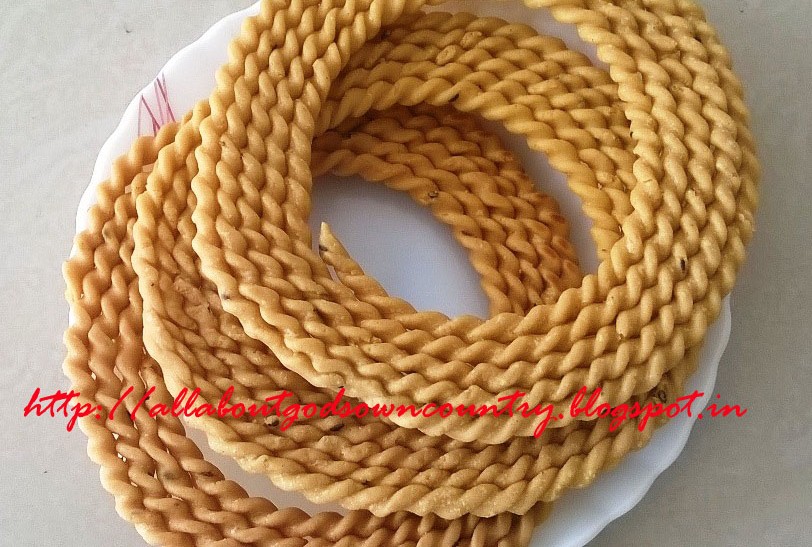 This spiral and round shaped snack is a trademark south Indian dish, and quite popular in Tamil Nadu too. Murukku is made using rice flour, black gram daal, adding salt, cumin seeds, sesame seeds etc as per preference. It may be big or small, and it takes the design of the mould used.
This spiral and round shaped snack is a trademark south Indian dish, and quite popular in Tamil Nadu too. Murukku is made using rice flour, black gram daal, adding salt, cumin seeds, sesame seeds etc as per preference. It may be big or small, and it takes the design of the mould used.
9. Achappam (Achu Murukk)
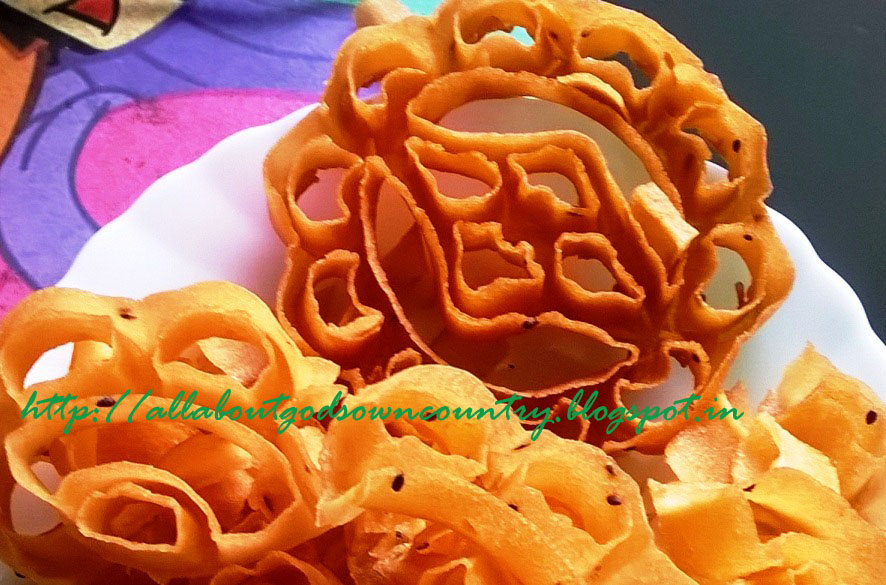 Achappam needs a special mould for its preparation. The metal mould has one handle. Batter is prepared using rice powder, sugar, sesame seeds and eggs and it is dipped to 3/4th in the batter. Deep fry in hot oil. Achappam is golden brown colour and takes the shape of the beautiful mould.
Achappam needs a special mould for its preparation. The metal mould has one handle. Batter is prepared using rice powder, sugar, sesame seeds and eggs and it is dipped to 3/4th in the batter. Deep fry in hot oil. Achappam is golden brown colour and takes the shape of the beautiful mould.
10. Neyyappam
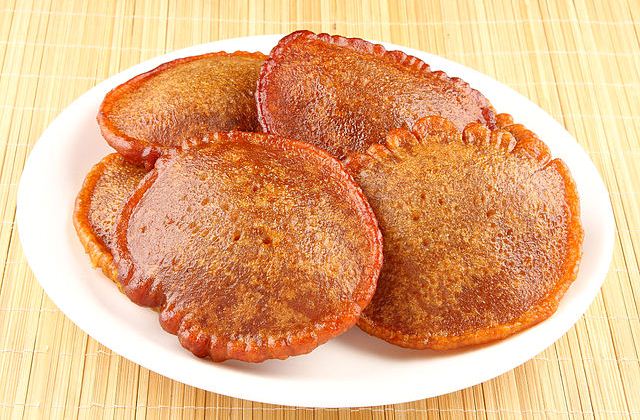 This crispy sweet snack is a trademark Kerala dish prepared using rice flour and jaggery. Palanyankodan banana is added to the batter to make Neyyappam soft. There are many popular folk stories and songs associated with Neyyappam. It’s also served as offerings in many temples and churches of Kerala. Batter is poured into hot oil using a spoon and fried both sides till golden brown. Roasted coconut pieces, roasted sesame seeds and cardamom powder can be added to get good flavour and taste.
This crispy sweet snack is a trademark Kerala dish prepared using rice flour and jaggery. Palanyankodan banana is added to the batter to make Neyyappam soft. There are many popular folk stories and songs associated with Neyyappam. It’s also served as offerings in many temples and churches of Kerala. Batter is poured into hot oil using a spoon and fried both sides till golden brown. Roasted coconut pieces, roasted sesame seeds and cardamom powder can be added to get good flavour and taste.
11. Unniyappam
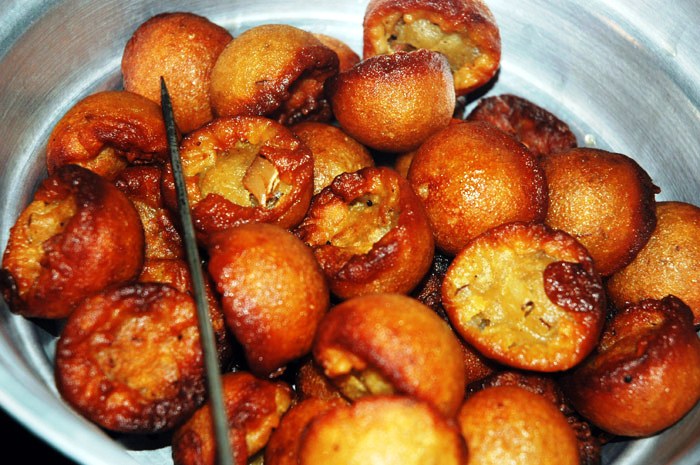 Unniyappam is a derivative of Neyyappam and same batter is used. Only difference is that a separate Unniyappam-maker is used for its preparation. It’s heavy and thick bottomed bowl with small pits inside. Oil is poured into it and boiled well before batter is poured into each round shaped pits. Frying in ghee adds extra taste to Unniyappam. Roasted coconut pieces and cardamom powder are also added to batter. It’s a very common offering in many temples of Kerala. Unniyappam and Aravana Payasam of Sabarimala temple are very famous.
Unniyappam is a derivative of Neyyappam and same batter is used. Only difference is that a separate Unniyappam-maker is used for its preparation. It’s heavy and thick bottomed bowl with small pits inside. Oil is poured into it and boiled well before batter is poured into each round shaped pits. Frying in ghee adds extra taste to Unniyappam. Roasted coconut pieces and cardamom powder are also added to batter. It’s a very common offering in many temples of Kerala. Unniyappam and Aravana Payasam of Sabarimala temple are very famous.
12. Banana chips in different shapes
Banana chips form an integral part of Kerala culture and traditional Kerala sadya is incomplete without banana chips and sharkara upperi. Banana chips may be available in different types – round shaped, 4-cut pieces and long pieces, based on how banana is cut. Raw but well ripen banana of good quality is used to prepare banana chips. Only Nendra Kaaya or Nendra Pazham (Long type Kerala banana) is used for the preparation of banana chips. Sweet banana chips are also used, and slightly ripen (not fully) banana is used for its preparation so that chips taste a little sweet.

13. Sharkara Upperi
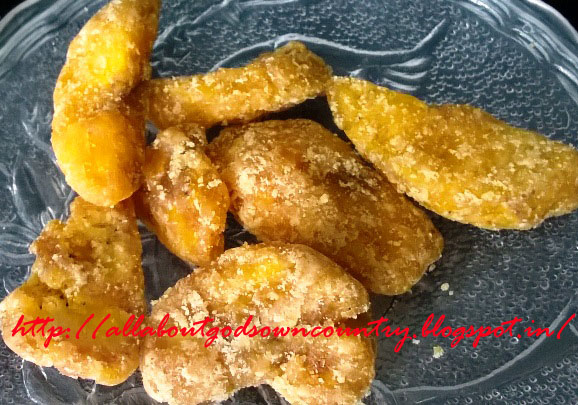 Upperi – a sweet snack is a combo of banana chips during Onam season, and placed along with banana chips in plantain leaf during Onasadya. Also read: Full dishes of Onam Sadya in Thiruvananthapuram style. Not only during Onasadya, banana chips and sharkkara uperi are included in all type of Sadyas. Both are placed as the first item of all Kerala sadyas, mostly wedding or other regional ceremonies. Jaggery is added to cut pieces of raw banana to prepare Sharkkara Uperi. Only Nendra Kaaya (raw banana of big type) is used. Read to know the recipe here. Upperi is also used as a common snack of Kerala.
Upperi – a sweet snack is a combo of banana chips during Onam season, and placed along with banana chips in plantain leaf during Onasadya. Also read: Full dishes of Onam Sadya in Thiruvananthapuram style. Not only during Onasadya, banana chips and sharkkara uperi are included in all type of Sadyas. Both are placed as the first item of all Kerala sadyas, mostly wedding or other regional ceremonies. Jaggery is added to cut pieces of raw banana to prepare Sharkkara Uperi. Only Nendra Kaaya (raw banana of big type) is used. Read to know the recipe here. Upperi is also used as a common snack of Kerala.
14. Munthiri Kothu and Sukhiyan
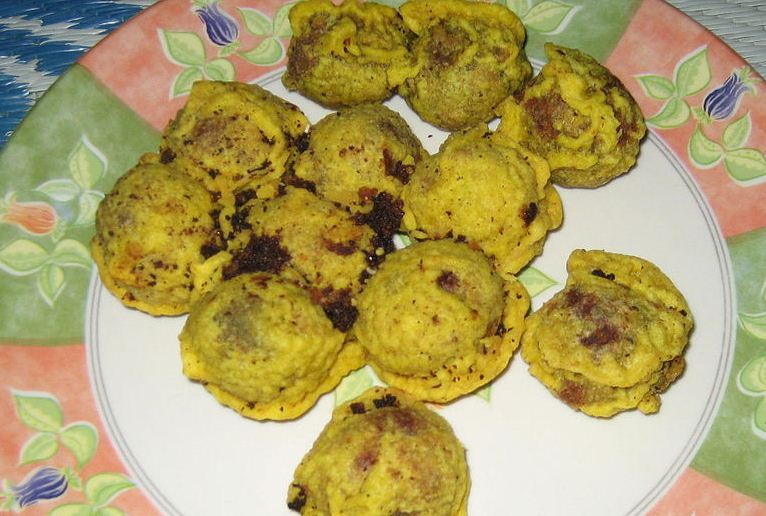 Originally a Tamil Nadu dish, it’s accepted by Keralities as well. Prepared using green gram, Sukhiyan is a variant of Munthiri Kothu. Jaggery and cooked green gram is used as filling of both these sweet items. When Sukhiyan appears as single pieces, Munthiri Kothu forms a bunch of small balls, similar to a cluster of grapes. That’s why it’s called so. Munthiri means grapes in Malayalam.
Originally a Tamil Nadu dish, it’s accepted by Keralities as well. Prepared using green gram, Sukhiyan is a variant of Munthiri Kothu. Jaggery and cooked green gram is used as filling of both these sweet items. When Sukhiyan appears as single pieces, Munthiri Kothu forms a bunch of small balls, similar to a cluster of grapes. That’s why it’s called so. Munthiri means grapes in Malayalam.
15. Modakam
16. Cutlets
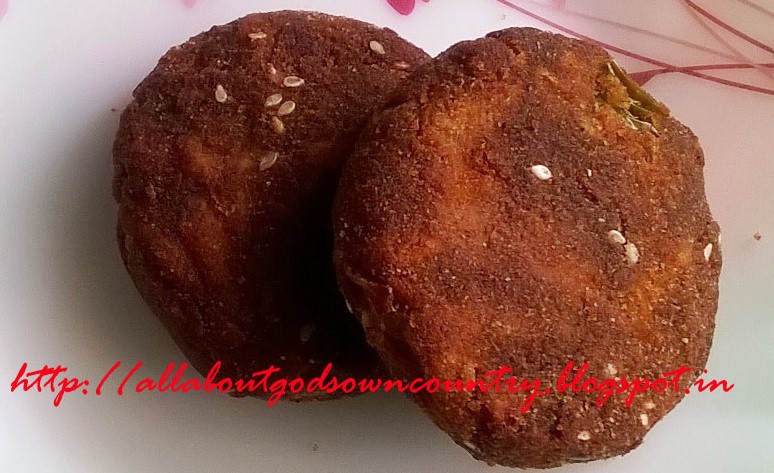
Beef cutlet is quite popular among Christians of Kerala. Other variants – chicken and vegetable are also available in Kerala. It’s not a traditional snack item of Kerala, but it’s very common in snack shops and bakeries right now. Minced meat is used for its preparation. Though most Kerala snacks are vegetarian, cutlets and puffs are exemptions. Fish cutlets are also made in Kerala homes.
17. Puffs
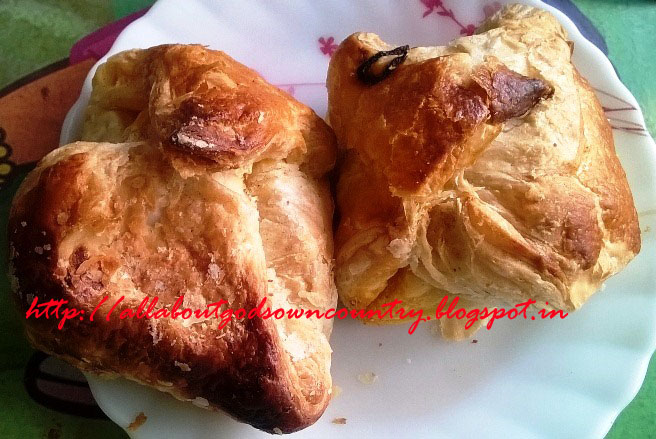
18. Samosa
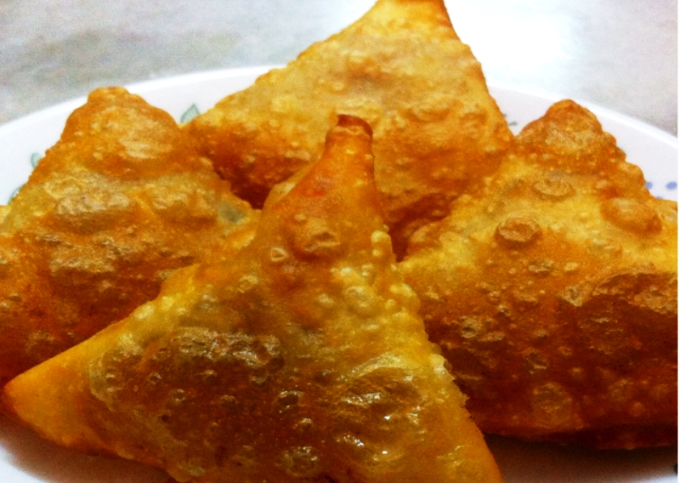
19. Paal Bun (Milk Bun)
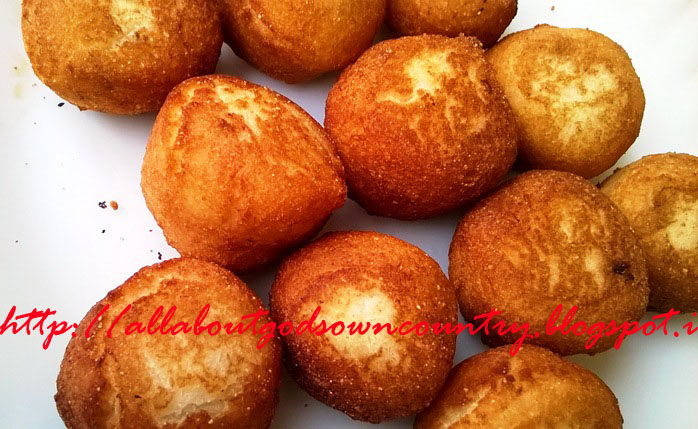
20. Avulose Unda
It’s prepared using fried rice powder, scrapped coconut, melted jaggery and cardamom and kids’ favourite. All these ingredients are mixed together and made to balls before it cools off. Avulose podi made using fried rice flour, scrapped coconut and jaggery is also a nutritious and healthy snack.
21. Ilayada and Thiraliyappam
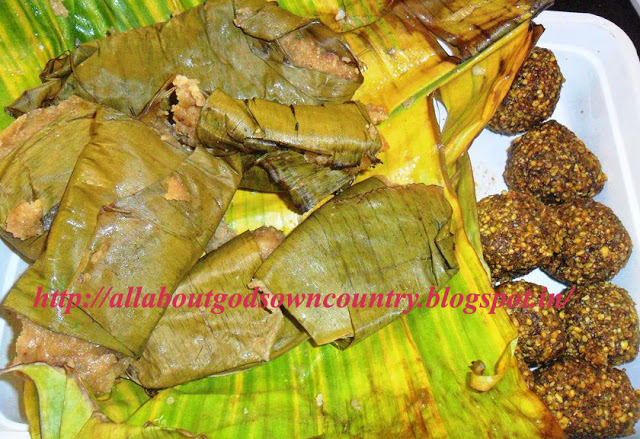
22. Aval Vilayichathu
23. Kerala Perotta
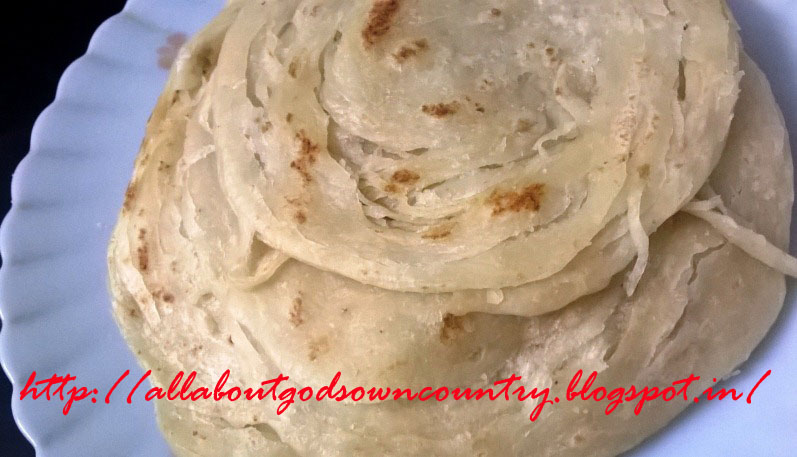
Bonda was one common snack among common man years ago. Now it’s rarely seen in small restaurants. Now apart from traditional snack items like Neyyappam, Uzhunnu Vada, Pazham Pori and Paripp Vada, Keralities have also found interest in puffs, cutlets, pizzas, burgers etc. Yes, taste of Malayalis is changing.
Image source: Self and Wikipedia

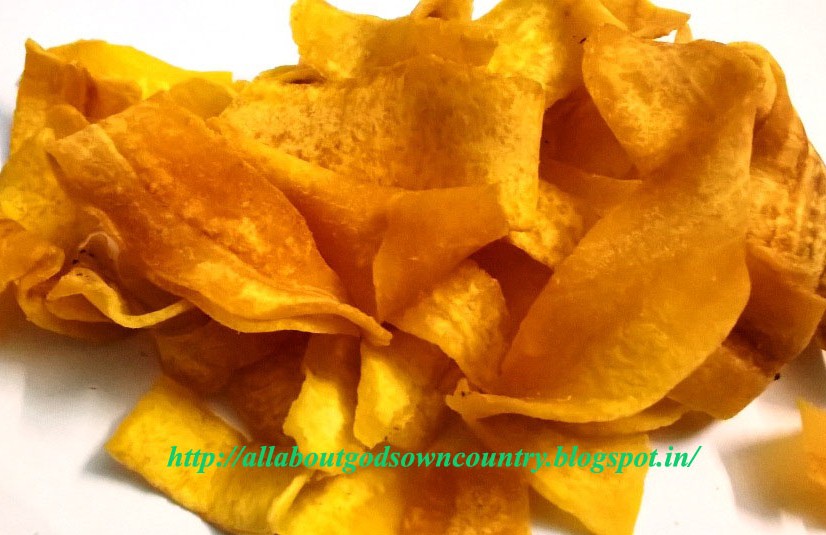
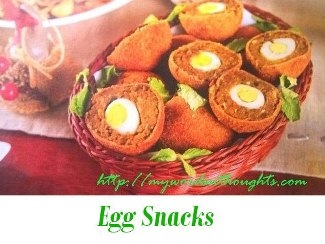
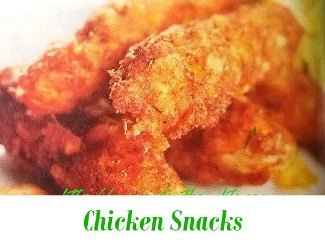
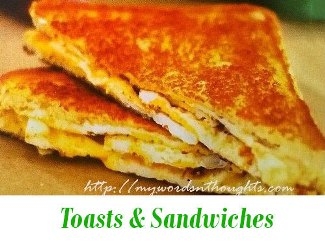
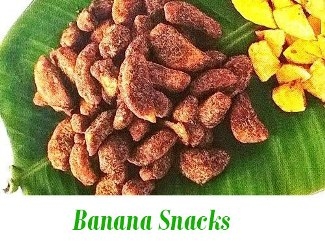
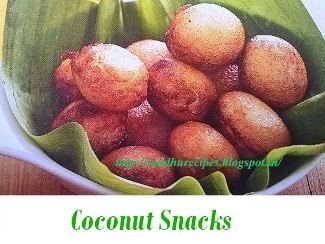
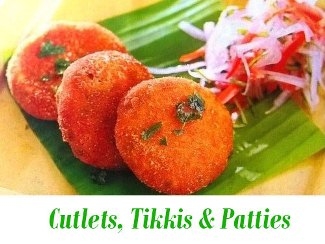
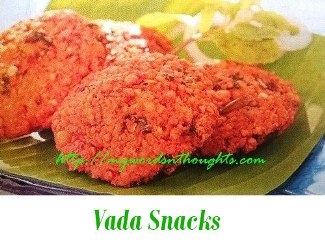
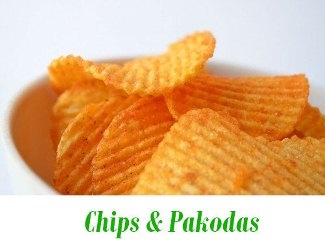
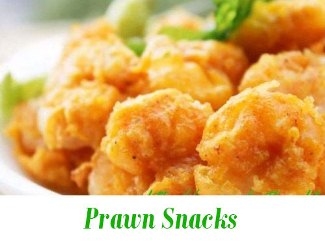
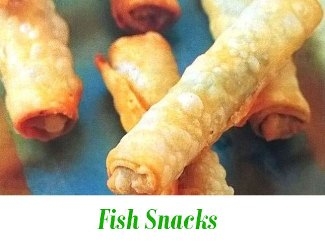
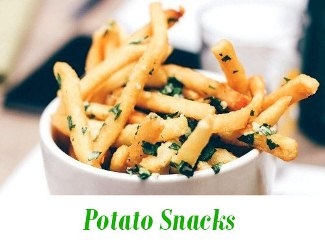
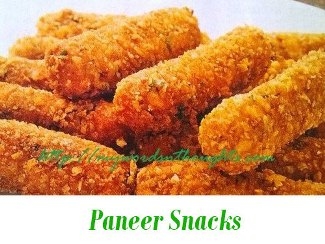
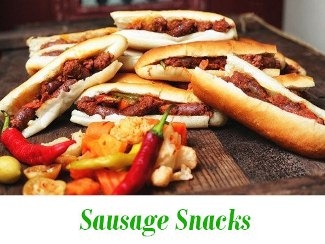
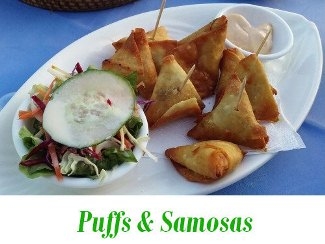
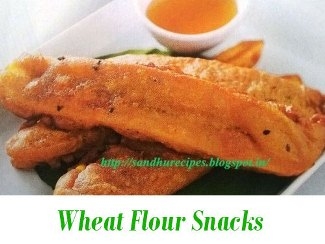
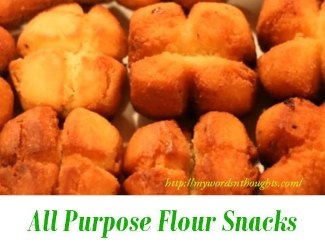
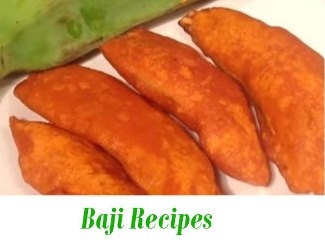
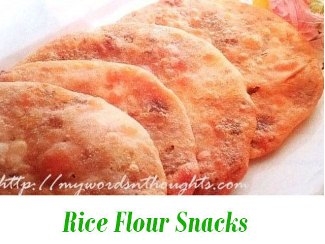
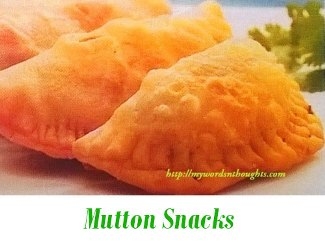
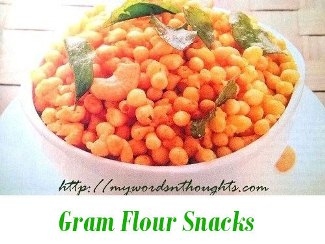
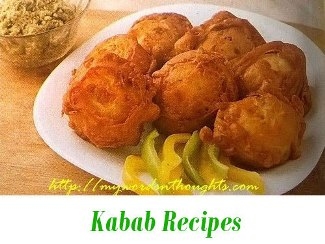
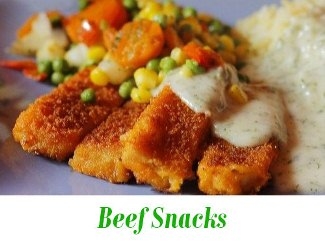
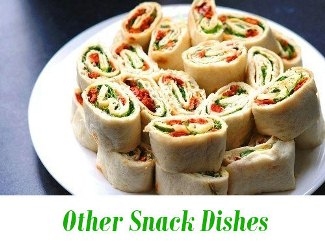

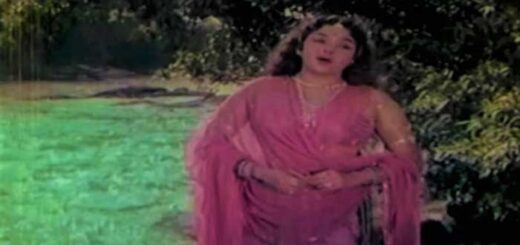
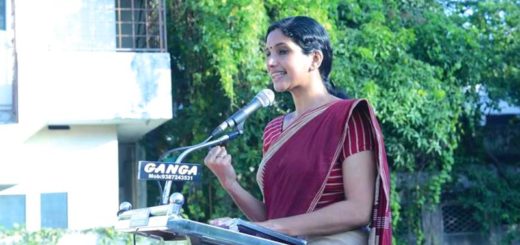



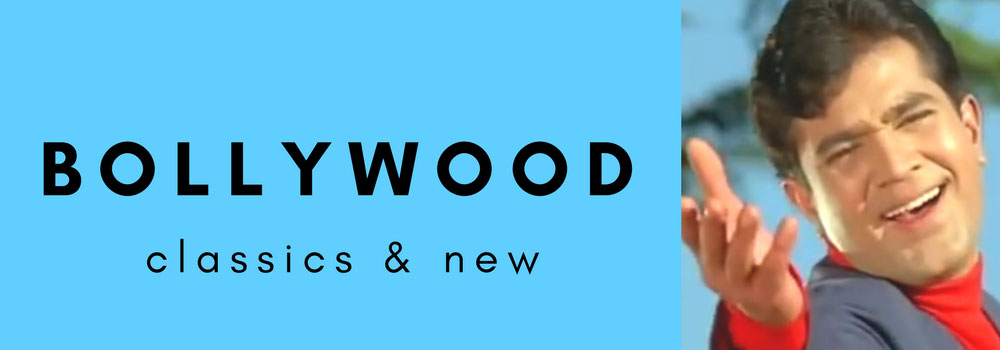
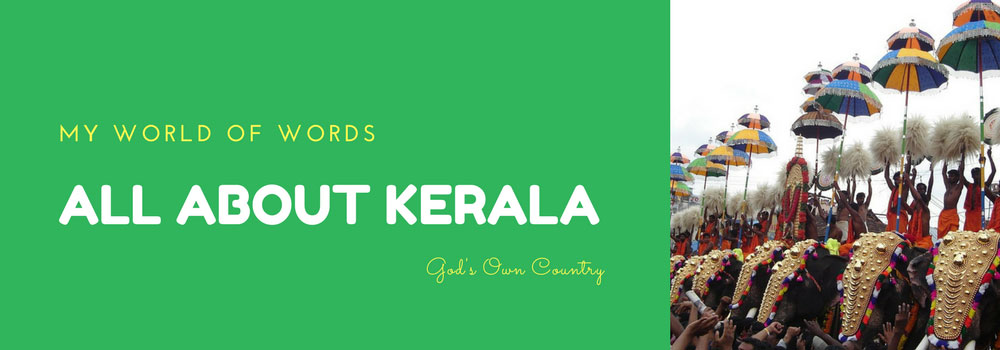
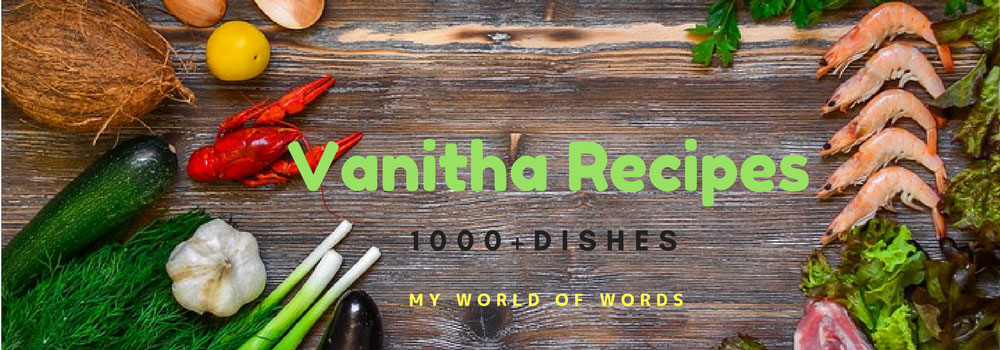
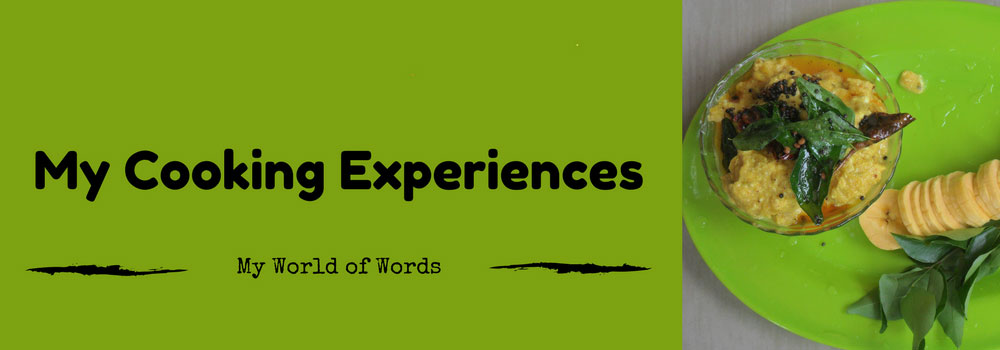


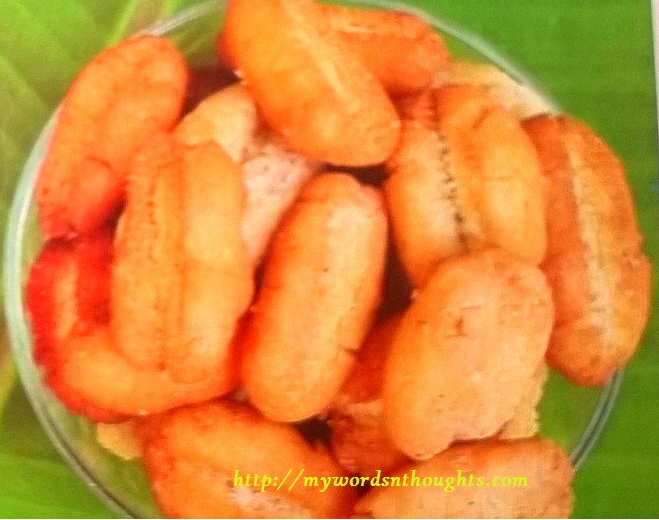
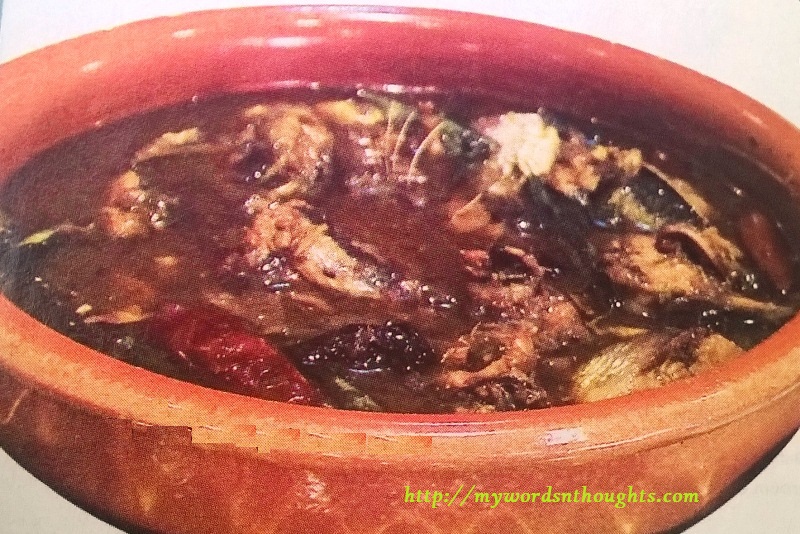
Recent Comments